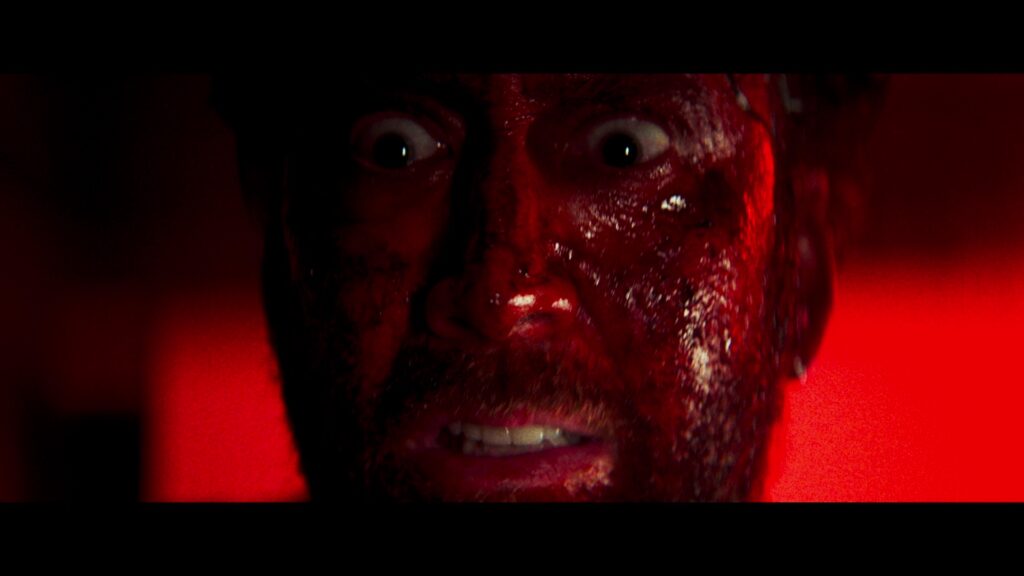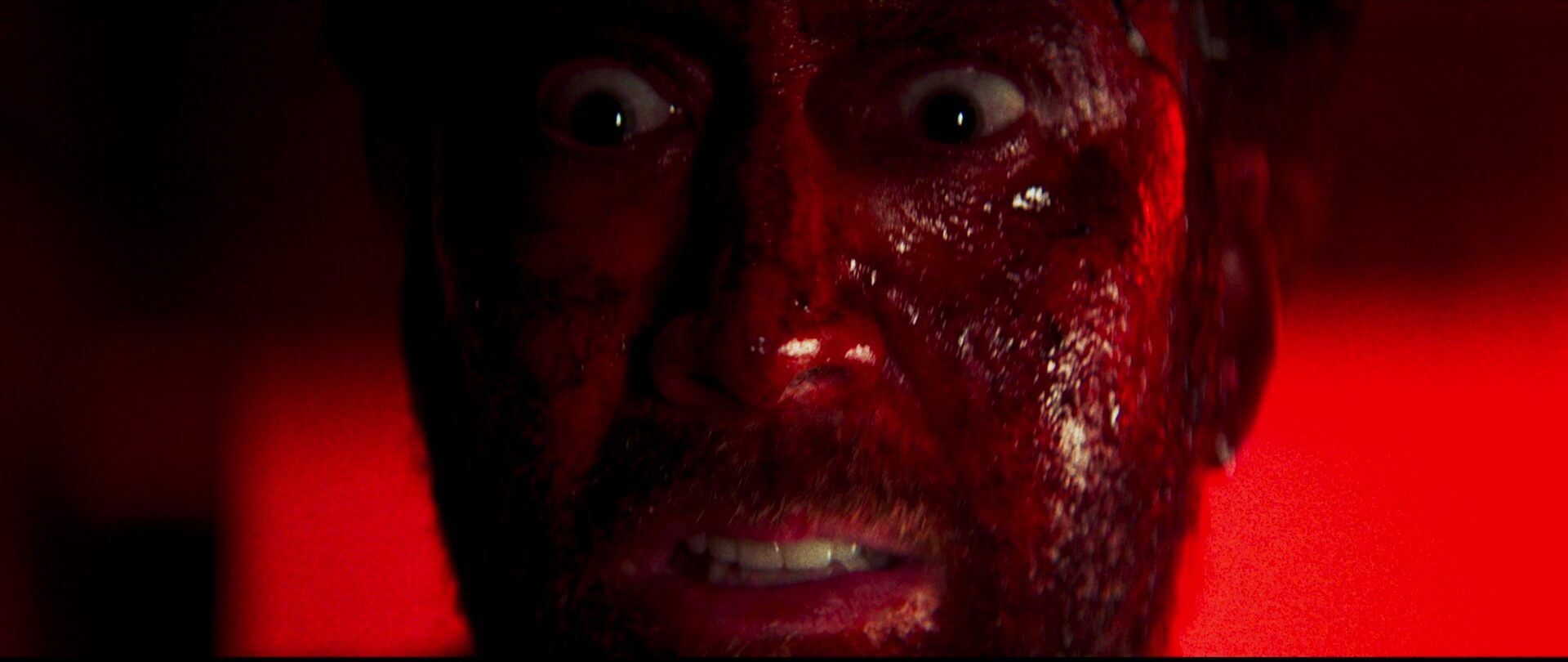The ancient Greeks loved drama and their categories still work today, mostly because we are simple animals and our stories are much the same now as then, repeated across generations and spanning the globe. From birth to death, from first to last breath, we seek happiness and connection while struggling with the things the environment and circumstances throw in our paths. Over time these stories have been told using common elements and have become, to a practical extent, standardized.
For the majority of movies, I think most narratives are built on the “hero’s journey.” Per Wikipedia: “In narratology and comparative mythology, the hero’s journey, or the monomyth, is the common template of stories that involve a hero who goes on an adventure, is victorious in a decisive crisis, and comes home changed or transformed.”
This simple structure is used constantly and universally in all forms of storytelling. I’m interested in how it applies to popular films, specifically to that initial story beat that establishes the main character in their current daily world. Even more specifically, I’m interested in the importance of that particular beat to the greater or lesser success of revenge films.
There is always the question “Why do we watch films?” It can be a constructive way to spend one’s time while avoiding the stresses of living one’s own movie, and often this results in something be shown that is worth the wait and story told. It’s an exchange wherein we extend our empathy for a sense of discovery. Over our span of years, many things are hidden or obsucured while some are revealed. It’s discovering what we didn’t know, even things we didn’t know that we didn’t know, as well as discovering that we still don’t know everything. The writer Jim Thompson asserted that “There is only one plot: things are not what they seem.” or, as director Kelly Reinhardt said ““A movie is a series of reveals, essentially…so I have no interest in summing it all up. It’s all out there.””
Often it’s discovered that the greatest secrets are within. To paraphrase Rumi, when you’re young, your story is about changing the world. When you are older, it’s about changing yourself. The most important thing, though, isn’t that perspectives change from outward to inward, but that there are no new stories, just the way they are told. Whether young or old, of the world or in the heart, gentle or violent, shallow or deep, these fantastical beasts might look new and different but inside ate the same old skeletons.
“A beginning is a delicate time.” – Princess Irulan
The start of a story is where the introduction to the main character and significant secondary characters occur, often in their current day-to-day environment. That is usually framed as a slice-of-life and is a required manipulation that hopes to endear you to the character in some way. This sets the stage before the catalyst is introduced and the narrative journey begins. Once that drops, this world is disrupted by change. and that change is the required impetus for the rest of the plot, the fuel that powers the bulk of the tale and our level of engagement with it. If you don’t care about a character, you won’t care about their story.

Again, Wikipedia: “After hiring [Tim] Burton, [Paul] Reubens, Phil Hartman and Michael Varhol revised the script. They read Syd Field’s classic book Screenplay and wrote the script according to the book’s advice. “It’s a 90-minute film, it’s a 90-page script,” Reubens explained. “On page 30 I lose my bike, on page 60 I find it. It’s literally exactly what they said to do in the book…There should be like a MacGuffin kind of a thing, something you’re looking for, and I was like, ‘Okay, my bike.’”
If you’ve seen Pee-Wee’s Big Adventure, you know that showing a character in their natural environment can be quite entertaining. Pee Wee getting ready for the day, eating breakfast and feeding his dog, etc. immediately draws us into his surreal lifestyle. It even – unbeknownst to us at the time – introduces the Catalyst in the form of Francis, who had Pee Wee’s bike stolen, thus triggering the Big Adventure.
I tend towards the storytelling values as codified by that late Blake Snyder. Roughly speaking, there are a set number of story beats and each occupies a certain amount of plot territory. After Opening Image and Theme Stated (approximately 6% of the script length, or the first six minutes of a ninety-minute film), comes the beat I’m speaking about. The following is a description I borrowed from an on-line beat sheet:
3. Setup (1% to 10%) – A multi-scene beat in one gets to see what the protagonist’s life and the world are like, flaws and all. It’s also where important supporting characters and the protagonist’s initial goal (or the thing the protagonist thinks will fix their life) is introduced.
There are delights inherent in the story possibilities offered by this line “the thing the protagonist thinks will fix their life” as that wide swath includes all manner of entry points such as misinformation, disinformation, or no information; deception or delusion, greed or grief. We are constantly confused about what we want and desire vs. what we need and are benefitted by, and this is commonly due to the reacting in a strongly emotional but otherwise unconsidered way.
The emotion of greed creates many a villain, while the grief gives birth to hero’s seeking revenge. If life is suffering and the seeking of happiness to relieve its burden, then everyone reconizes the pain of loss and the urge for comfort from those wounds. The beauty of grief as a plot device is that is offers immediate empathy, we all know that sting. It could be said to be the defining characteristic of all our stories. We all seek family, we all know the loss of its members. We rage against the dying and wish we could change reality. When you tell a story, you can.
Making this sad feeling – and the implied promise of its relief -the focus of a narrative has another utility in a revenge film that is a challenge to be used correctly: the fact that the “MacGuffin” as a mental construct (aka the satisfaction of revenge) is an illusion at best, a cold-hearted lie at worst, as no amount of retribution ever restores the loss completely or with and satisfying degree of adequacy. Revenge films might provide a glorious (and usually bloody journey) for the hero but there’s never going to be a happy ending, unlike grifter/heist/conman films that only involve money-related scammage. In a classic revenge film, nobody is coming back from the dead, nobody is going to become magically uninjured, nobody is going back to kiss everyone’s boo-boos, nothing will ever be all right in Heaven. That discovery of the hollowness of revenge is as good as it gets.
One of my favorite sub-genres in recent years is “the old fighter who married a woman who gentled him and now she’s dead and he’s triggered” revenge film. As examples, I think Clint Eastwood gets it right (in The Unforgiven, he goes out like a madman, in Gran Torino he goes out like Jesus), and Keanu Reeves mostly gets it in the John Wick franchise (where he just goes out).
Mandy, though, eschews my whole prescription for success and dives deep for the shallow: director Panos Cosmatos’ 2018 film abandons any pretense at philosophical musings on the topic, instead opting for an amazing retro-’80’s horror film vibe. The film is roughly divided into two parts, before and after the death of Nic Cage’s wife (a charismatic performance by Andrea Risenborough) and it’s the first part, the big chunk that sketches out the idyllic and remote existence of this doomed couple, that has entranced me and led to many repeated viewings. I would suggest that extra attention is given to this establishing beat in the better revenge films as the rest of the journey is an admittedly shallow one. One need as superior platform to get a running start over that void. When you reduce the hero’s journey to a simple binary of revenge sought and revenge attained, you really need to start out strong.

And this is why I love Mandy. It’s not that it’s the perfect revenge film, or even an original perspective on the common tropes; instead, it so perfectly illustrates the beauty of what is to be lost in such rich detail and with such simple and broad brushstrokes that it is very hard not to empathize with Nic Cage as he detroys all who have stolen his happiness. The handful of techniques Cosmatos uses to make this part of the film so strong are used in a clever but highly distinctive manner: minimal dialogue, and none that is not loving and mutually supportive; supersaturated colors and color filters to convey changes in mood; and, most importantly, he combines the stark effiency of his script with languorous extended takes, so while the plot proceeds apace it feels like an enveloping and time-dilated drug dream. The contrast between these two paces lulls us into a sense of peace that deep down we understand cannot last, thus perfectly priming us to follow Mr. Cage into the blood-soaked second half of vengeance.
Put the together, the sum is greater than it’s parts and one is left with a film that describes a metphorical attack on the patriarchy while offering a worthy alternative set of behaviors in its protagonist. I started by watching a fresh but unoriginal revenge film and ended up thinking at great length about how men have a pretty simple choice on whether to be decent people or not, and how abuse of power is always so ugly.
Well done, Mr. Cosmatos, well done.

Leave a Reply
You must be logged in to post a comment.